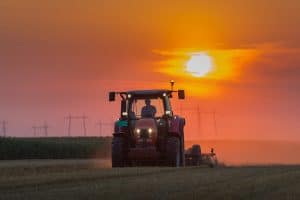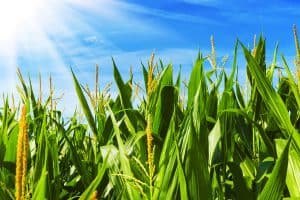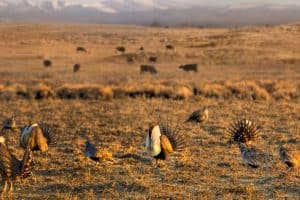Lately, you might have noticed or read an article written on a relatively new scientific practice, agroforestry. If you are not familiar, it is a method of growing trees and shrubs on the same land parcel with crops and/or livestock. By combining the two practices, proponents of agroforestry believe that it will provide farmers and landowners “highest and best use” of their land.
The trees would provide protection for a wide-range of potential crops and give farmers an opportunity to profit by adding more than one source of income on a single tract of land. In turn, it would increase the land value for owners choosing to implement an agroforestry plan.
Agroforestry certainly has it benefits. Recently, it was written that the USDA supports agroforestry as a method of land improvement and environmental stewardship. As the article makes reference, a good example of agroforestry is when land being used to raise livestock is planted with timber for future harvest and pine straw is harvested for added income between cuts.
The above article details the plan USDA Deputy Secretary Kathleen Merrigan revealed at the North American Agroforestry Conference held in Athens, Ga. Merrigan refers to the plan as the USDA Agroforestry Strategic Framework and it is intended to be used as a guide for implementing an agroforestry plan.
Additionally, economic, medicinal and environmental benefits are predicted from landowners adopting the plan. Commodity prices have been on the rise in recent years as a direct result of an increased demand and decreased supply- brought about by a worldwide population boom. Agroforestry would mean more consumable goods being brought to market. Medicinal uses would come from the crops and the trees covering the crops.
Agroforestry would benefit the environment by adding and restoring nutrients to soil used for growing commodities. Less soil erosion would occur from plentiful tree growth. The farmed trees would be a source of wood products that could be used for fuel. This would result in less deforestation and conservation of our Nations woodlands.
In Southern Georgia, a new agribusiness might be on the horizon from agroforestry. In Tifton, Georgia, scientists have discovered what is being called a pecan truffle. The edible fungus got the name “pecan truffle” after being discovered growing where pecan trees were planted. Farmers gain income from both pecan harvesting and the truffles that grow beneath their soil, plus the truffles growth contributes to a healthier crop of pecans, as the article notes.
The overall added benefits to our ecosystem and us, can’t be denied. The supporting evidence is there. Landowners and farmers should be overjoyed with newly found potential for additional sources of income and increased land values. When it comes to agroforestry, the goal of the USDA is to continue developing the scientic practice and to provide farmers, ranchers and landowners with the latest information, training and tools needed to implement a plan. Agroforestry might soon be synonymous with the farming industry.
This content may not be used or reproduced in any manner whatsoever, in part or in whole, without written permission of LANDTHINK. Use of this content without permission is a violation of federal copyright law. The articles, posts, comments, opinions and information provided by LANDTHINK are for informational and research purposes only and DOES NOT substitute or coincide with the advice of an attorney, accountant, real estate broker or any other licensed real estate professional. LANDTHINK strongly advises visitors and readers to seek their own professional guidance and advice related to buying, investing in or selling real estate.









Where can find an agroforestry consultant and an architect who can help me in designing the farm structure? I want to create a farm that will a excellent model for the future generation to use all the natural resources and live a sustainable life.